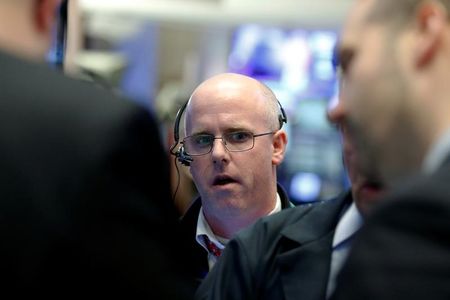Follow us on LinkedIn
Less than a year from now, the banks will have to introduce the IFRS 9 Impairment, and it will have a substantial financial impact on them. However, it is not just banks that will be affected by this new accounting standard, non-financial corporations, for example commodity firms, will be impacted as well.
The Treasurers Wiki explains the benefits of moving from IAS 39 to IFRS 9 for commodity firms:
Under IAS 39, a non-financial item may be designated as a hedged item in its entirety (i.e. all risks), for foreign exchange (FX) risks or for all risks except FX risk. As a result, if an entity economically hedges a non-financial item for a risk component other than FX risk, it is not permitted to designate a hedge for that component in isolation. For example, an entity could not hedge only the inflation component of an operating lease where the contractual rental payments were linked to inflation. Generally in such cases an entity either does not apply hedge accounting or designates the entire item, or a proportion of it. Not applying hedge accounting or designating the entire item when this is not the intention of the economic hedge gives rise to profit or loss volatility that does not reflect the risk management objective of the hedge.
To address this issue, the IASB introduced a principle in IFRS 9 that permits risk components of non-financial items to be eligible hedged items if they are separately identifiable and reliably measurable. In practice, the ability to meet these criteria will depend on the specific facts and circumstances. Generally it would be easier to demonstrate that a risk component is “separately identifiable and reliably measurable” if it is a price variable referenced in a contract (i.e. a contractually specified risk component) than if the component is not contractually specified but implied. For non-contractually specified risk components it will be necessary to provide sufficient analysis about the market structure of the item from which the risk component is identified in order to demonstrate that the hedged component is eligible.
In brief, under IFRS9, treasurers will be allowed to choose and hedge individual risk factors.
Malcolm Finn pointed out the benefits of hedging the risk components:
- Proxy hedging: Where there is correlation and relation to the same type of risk being managed.
- Components: The variability in the commodity price can be a separately identified component of the contract price under IFRS 9. Hedging of components is not permissible under IAS 39.
- Aggregated exposures: The combined commodity price risk and foreign currency risk can be approached efficiently and allows hedge accounting to be achieved more easily. Read more
We believe that the new accounting rule will allow more flexibilities in designing a hedge to reduce earnings volatility. However, there still are secondary risks and if they’re not understood, identified and managed correctly, they can have a significant financial impact on the business.
These secondary risks are, for example:
- Correlation risks: many people believe that there is a strong correlation between FX rate and commodity prices. This is true in most cases. However the relationship can breakdown.
- Similarly, the interrelationship between commodity, interest rate and credit risks is also complex and hard to predict.
- Counter party risks: the hedging counterparty can default, or a loan is refinanced. The embedded contingent option is not often taken into account in the hedging program. (most unsophisticated non-financial corporates are not even aware of the contingent risks)
It is likely that IFRS9 will make it easier for commodity companies to manage their exposures. However, given the complexities of hedging derivative instruments and the unpredictable nature of the relationship between risk factors, we believe that secondary risks can still be a danger. If they’re not understood and managed correctly, they can still cause a serious impact on the business.
Further questions
What's your question? Ask it in the discussion forum
Have an answer to the questions below? Post it here or in the forum




